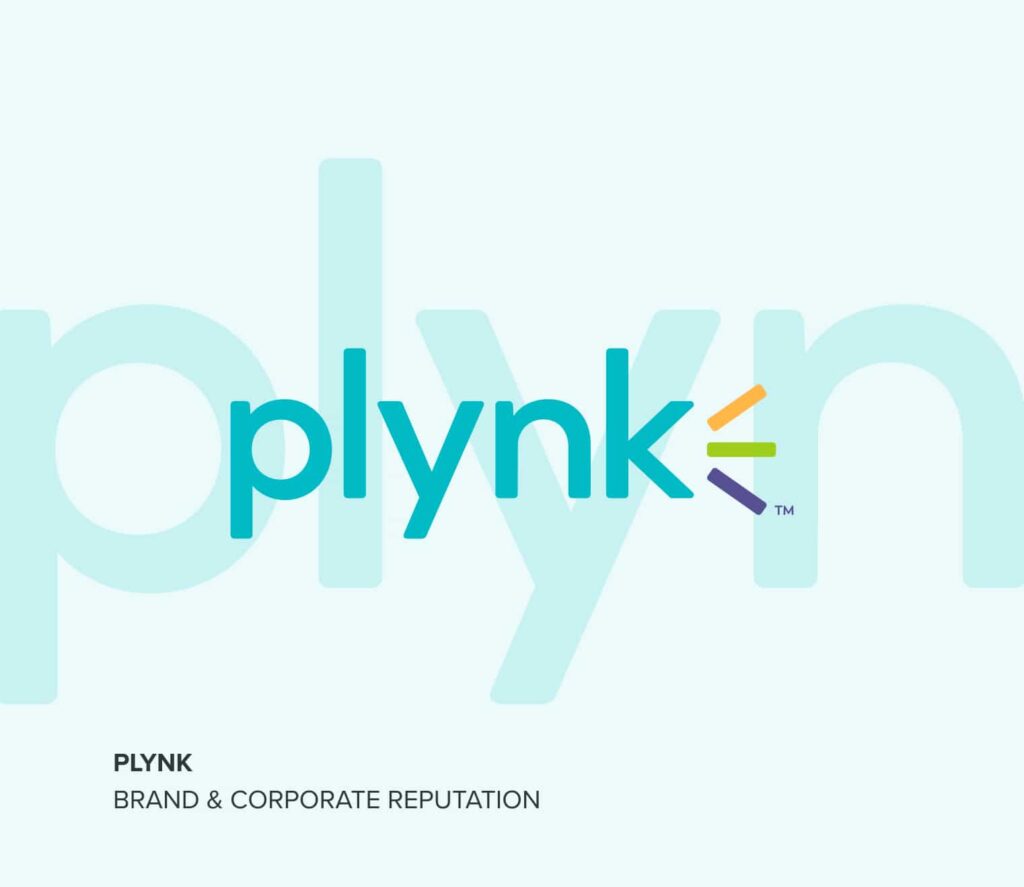Let’s Get Together: 10 Tips for Hosting a Successful Hybrid Event
After nearly 18 months of hunkering down in their homes, people are starting to emerge and re-engage with each other at major events. Baseball and BBQs are back and live Broadway shows are scheduled to return in September.
If you’ve been paying close attention, you may have noticed another type of event making a comeback — in-person conferences and conventions. That’s right — companies are starting to shift back to live events after a year of online-only gathering, but there’s a twist. Most of these events combine both in-person and virtual sessions into one hybrid event.
Hybrid events allow you to offer attendees the in-person networking opportunities they’re craving right now while taking advantage of the wider reach and greater safety of virtual events. In many ways, hybrid events offer the best of both worlds, but hosting them is a challenge. In this article, we’ll share ten tips to help you rise to the hybrid challenge and host an awesome event of any size.
1. Put Safety First
COVID-19 is still a real threat. Protect your attendees — and your company’s reputation — by implementing and enforcing safety protocols such as social distancing, extra cleaning, and vaccine requirements for in-person attendees. Make sure you understand and abide by local COVID-19 guidelines for crowd size, capacity, and mask requirements.
2. Expect the Unexpected
If there’s one thing 2020 taught us, it’s that things change fast in a pandemic. Case numbers can surge quickly and cause local authorities to tighten safety measures in response. When planning a hybrid event, you should have a contingency plan in place in case you have to quickly pivot to a completely virtual event. And make sure you have insurance to cover anything really unexpected.
3. Invest in Top-of-the-Line Tech
You need more than Zoom to host a hybrid event. Invest in tech that lets you plan interactive virtual sessions to engage attendees and encourage participation. Look for platforms with advanced features like whiteboarding, ad-hoc breakout rooms, and Q&A tools in addition to standard chat and polling options.
4. Send the Swag
There’s just something about conference swag — no one needs it but everyone wants it. Build excitement about your event by shipping swag to your virtual attendees. Don’t be afraid to depart from the usual t-shirts, water bottles, pens, and stress balls either. Practical swag such as contact info and LinkedIn profiles of fellow attendees or copies of a keynote speaker’s book adds real value and entices people to attend your event.
5. Curate Attendee Experiences Carefully
Keep in mind that you’re essentially planning an event for two completely different audiences — virtual attendees and in-person conference-goers. You need to consider the needs and expectations of both groups so you can carefully curate their experiences and make sure they get value from attending your event.
For in-person attendees, focus on the benefits you can only get from live events with other people. Offer plenty of opportunities for networking, making connections, and having deep discussions in small groups.
For virtual attendees, enhance their experience with exclusive virtual content. Make sure they can attend live sessions and have the option to view content on-demand. Consider offering an event app to make it easy to sign up for sessions and find content. To avoid last-minute confusion, send clear instructions for how to use virtual event technology. Be ready to offer tech support as needed.
6. Book the Best
Speakers can make or break an event — especially a hybrid event. Make a special effort to book engaging presenters who offer valuable expertise and know how to interact with both in-person and virtual attendees.
7. Practice, Practice, Practice
To avoid glitches and mistakes, practice everything as much as possible. Practice starting a meeting, recording events, uploading content, hosting Q&As, splitting into virtual breakout rooms, and sharing screens. It’s even a good idea to have your speakers practice their presentations to make sure they’re familiar with the technology and ready to provide an amazing interactive experience.
8. Bring Your Marketing A-Game
Successful hybrid events are built on exceptional marketing campaigns. Craft a strategy that clearly communicates the value of your event to your target audience. Your message should get people excited about your event and convince them they don’t want to miss it. Spread the word and build energy by engaging potential attendees via email, LinkedIn, Instagram, Tiktok, Facebook, and wherever else your audience hangs out.
9. Gamify Registration
Hybrid event registration is tricky. Because there’s a virtual option, many people wait until the very last minute to let you know they’re coming. If your event is free, a significant number of people will register but not attend.
Neither scenario is helpful for you. One way to deal with these problems is to gamify your registration and encourage people to sign up early and to attend the event. Successful gamification techniques include discounts for early registration or exclusive access to high-value content for people who show up to certain sessions. Feel free to get creative with your gamified registration.
10. Know Your Audience
We’ve hinted at this one already, but it’s worth repeating — it’s critical to know your audience. Take the time to truly understand your ideal attendee and the value your event offers. Use your knowledge to inform everything from your marketing strategy and the presenters you book to the venue you choose and the swag you send.
A Few Awesome Hybrid Events to Check Out in 2021/22
Experts are divided on whether hybrid events are here to stay, but they’re definitely here for 2021 and 2022. Several major industry events including Dreamforce, FinCon, SXSW, and New York Fintech Week will be hybrid events this year and next. Check them out for inspiration as you plan your next hybrid event.
Photo by Richard Clyborne of Music Strive.


